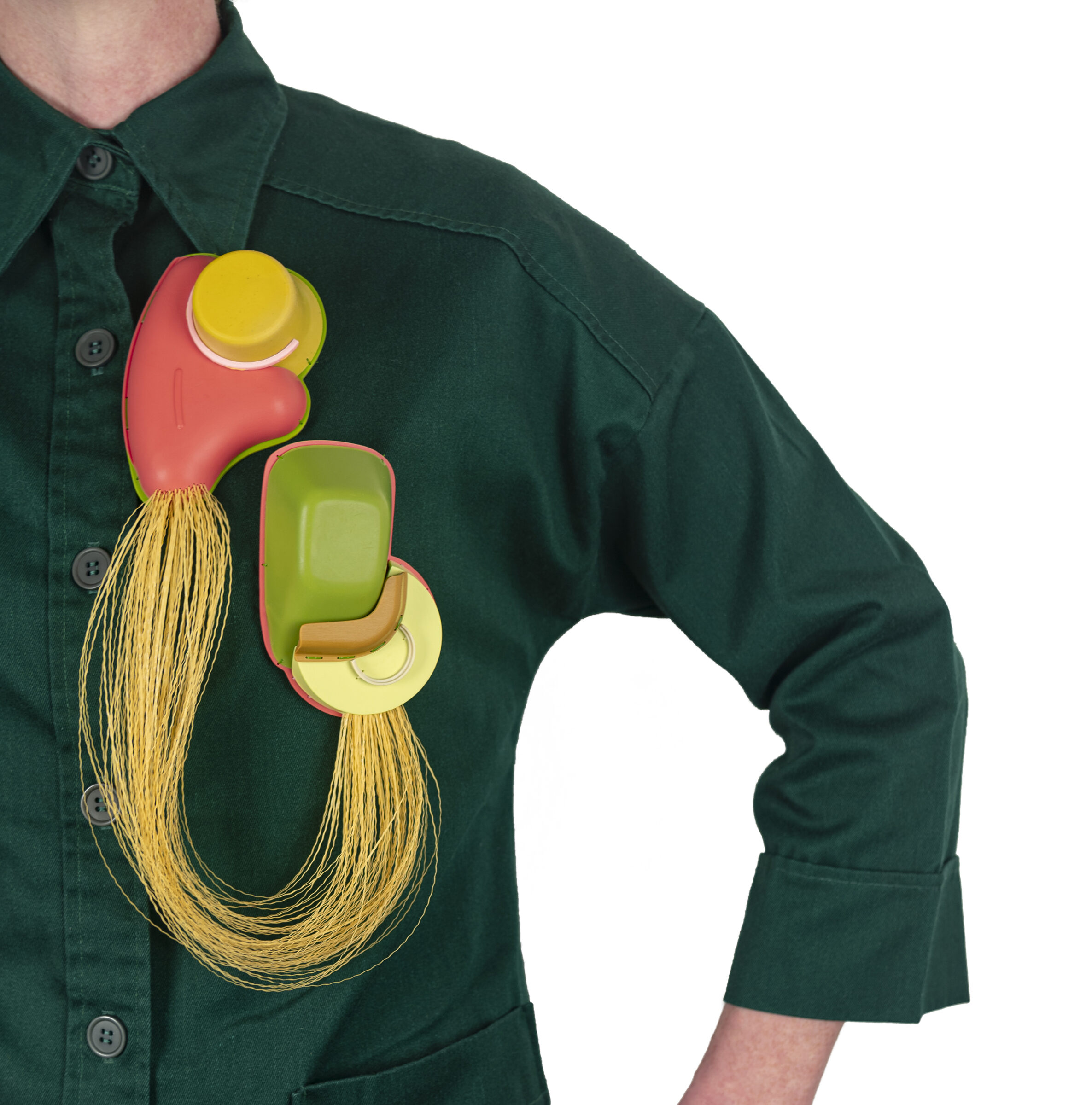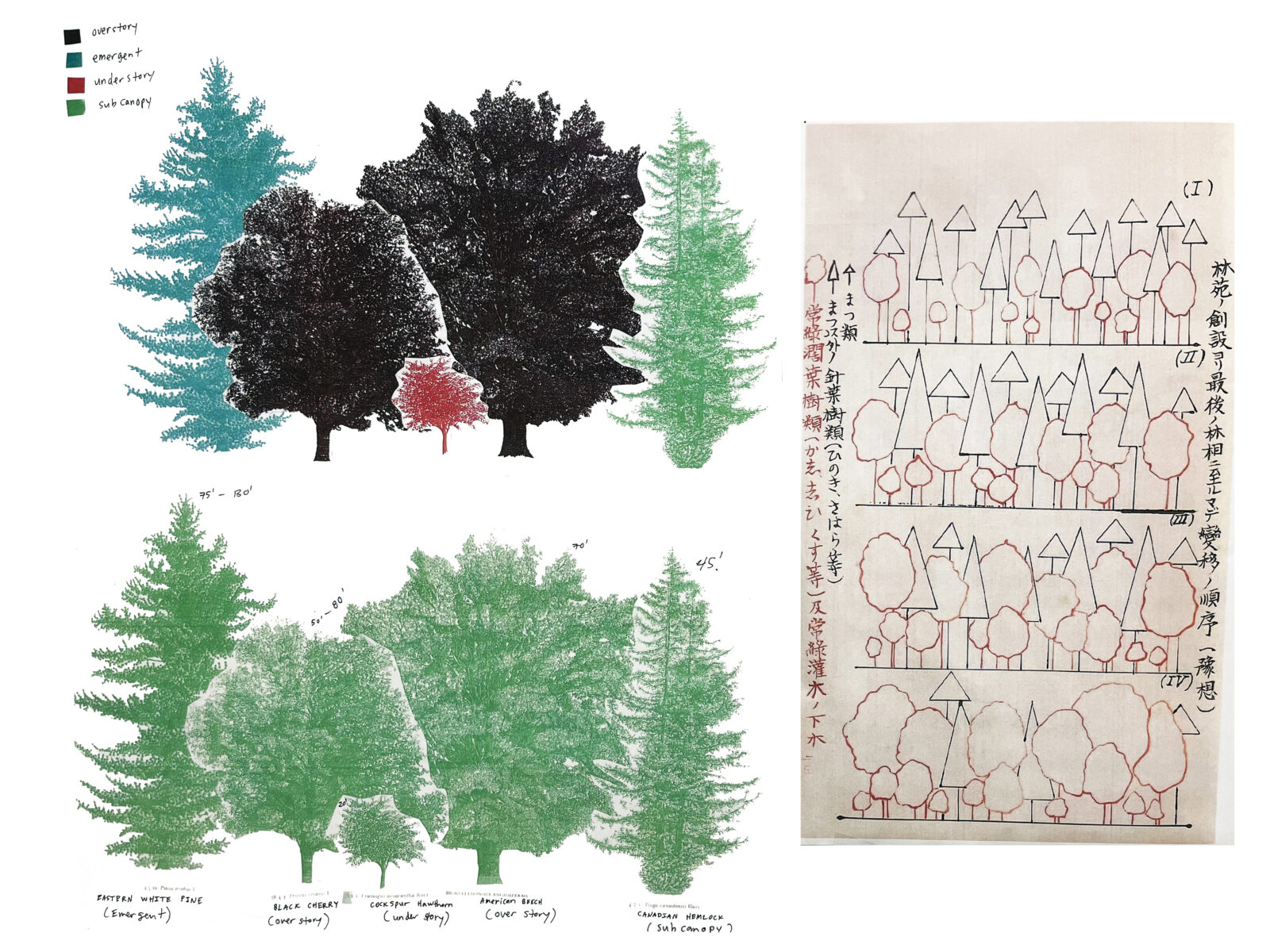Art History Faculty Lecture | Elizabeth Browne
November 12th, 2024 at 5:30 pm

Date & Time
November 12th, 2024 at 5:30 pm
– November 12th, 2024 at 7:00 pm
Location
Lamar Dodd School of Art | N100
Type of Event
Faculty Research Lecture Series
Academic Area
Art History
Artwork: Clodion, Woman with Child, terracotta, ca. 1780-1790. The Huntington Library, Art Museum, and Botanical Gardens.
Assistant Professor of Art History Elizabeth Saari Browne presents the lecture “Soft Power: Terracotta, Women, and the French Revolution” for our Art History Faculty Lecture Series. Saari Browne completed her PhD in the History, Theory, and Criticism of Architecture + Art at MIT. A specialist in eighteenth- and nineteenth-century French sculpture and decorative arts, her research interests include rococo aesthetics, the gendering of artistic media and practices, global contact in the age of Enlightenment, and questions of materiality and art historiography.
Lecture Abstract
“Nature’s differences must be put to use in education; it is the hand of the sculptor that can give such a value to a piece of clay.”
-Joseph-François-Edouard de Corsembleu de Desmahis, “Femme [Morale],” Encyclopédie, 1756
During the French Revolution, sculpture was, according to most accounts, in a difficult position. The period is one of well-documented iconoclasm, when statues of kings were brought down, and when the general destruction and defacement of monuments and ancien régime memorabilia earned the appellation “vandalism.” For lack of funds, the monuments dreamed up to replace royal and religious statues mostly remained paper projects, realized only in prints, drawings, and papier-mâché.
Revolutionary minded activists and artists, however, were not only interested in planning or destroying large public statues. They also circulated revolutionary subject matter in smaller formats tailored to bureaucratic and domestic spaces, from miniature Bastilles carved from the rubble of the ruined fortress, to porcelain plaques on which the paste the Declaration of the Rights of Man. Less considered as revolutionary subjects, however, have been the unglazed ceramic statues of women and children made during the final, tumultuous decades of the eighteenth century. This paper situates those many small clay figures representing love, friendship, marriage, and motherhood—amply documented in the Salon livrets of the 1780s-90s—in the context of Revolutionary sensibilité. These works demonstrate an artistic embrace of the politicized language of love and emotion as forces for change, with the potential to shape viewers’ perceptions from their seemingly innocuous position on top of mantelpieces. But more specifically, it is their clay bodies, I contend, that made these statues so a/effective. In the gendered language of materialist philosophy, Rousseauian sentiment, and anti-luxury imperatives embraced by Revolutionary regimes, clay was understood—like women—as a “natural,” “pliable,” and “persuasive” material to be utilized in forming and reforming newly-minted French citizens. Moreover, it was this very pliability (of medium and message) that encouraged their persistence in production throughout the decade, and across different regimes of power and resistance. Thus, more so than marble monuments, it might be small clay statues of loving mothers and tender friendships that embody revolutionary sculpture.





